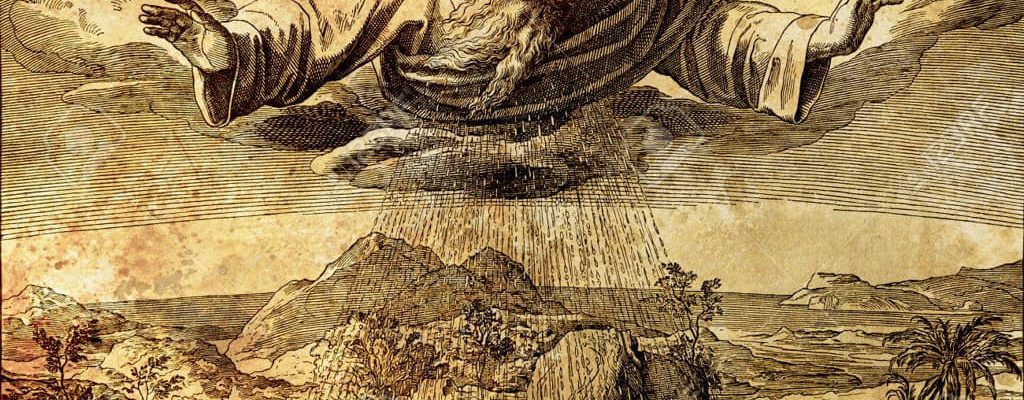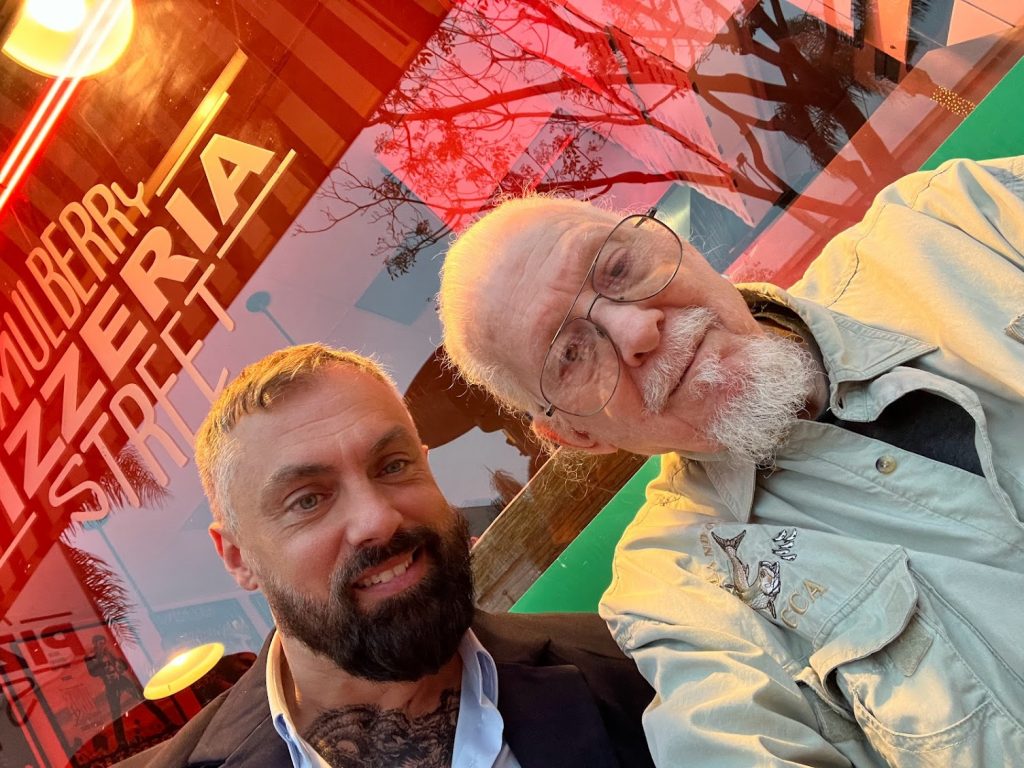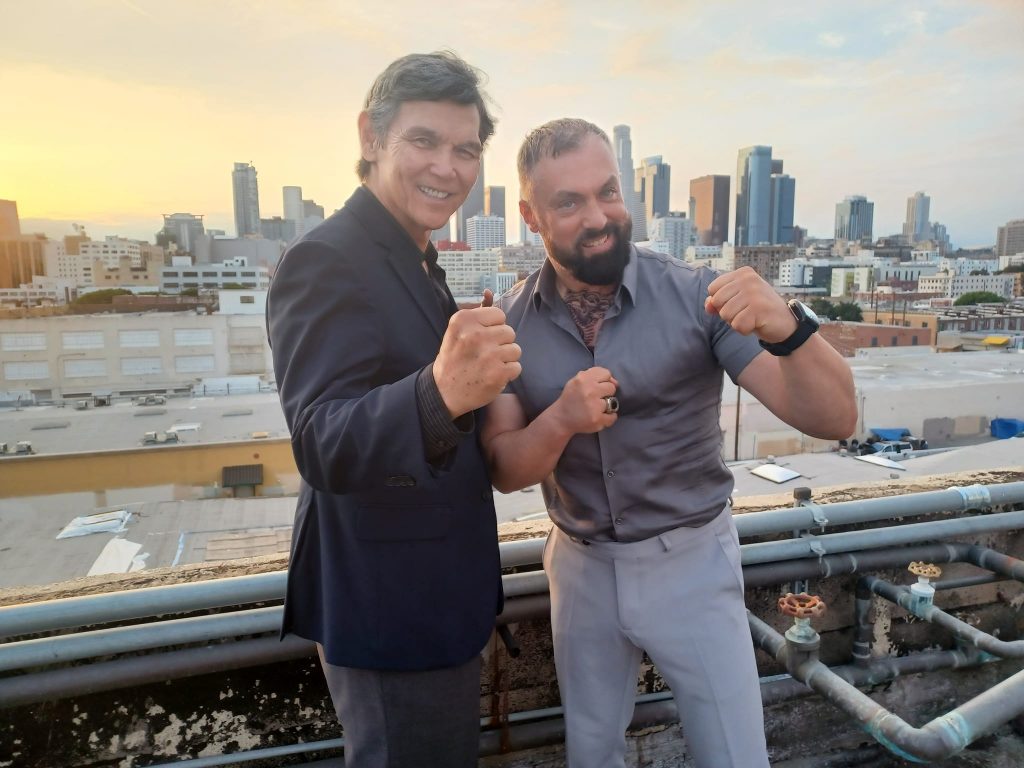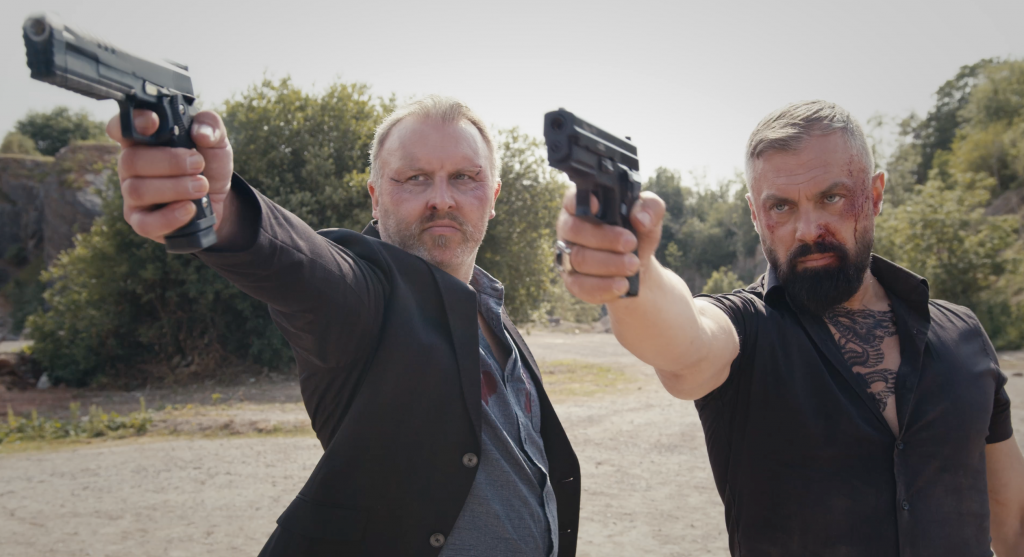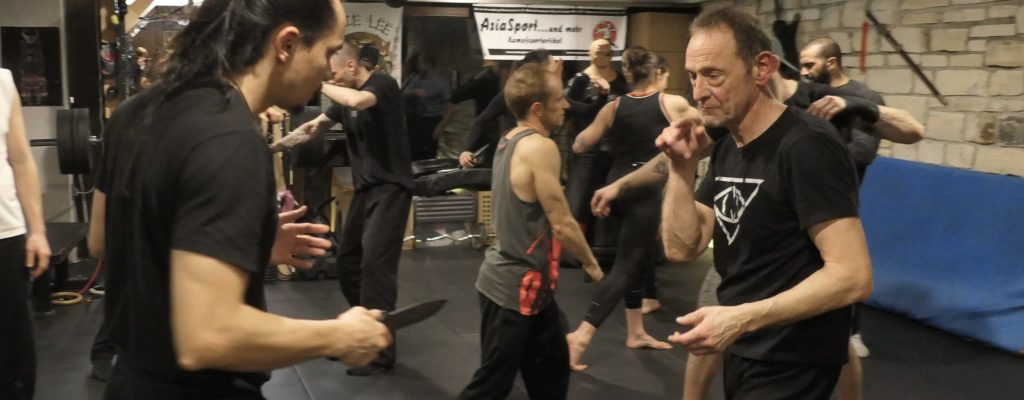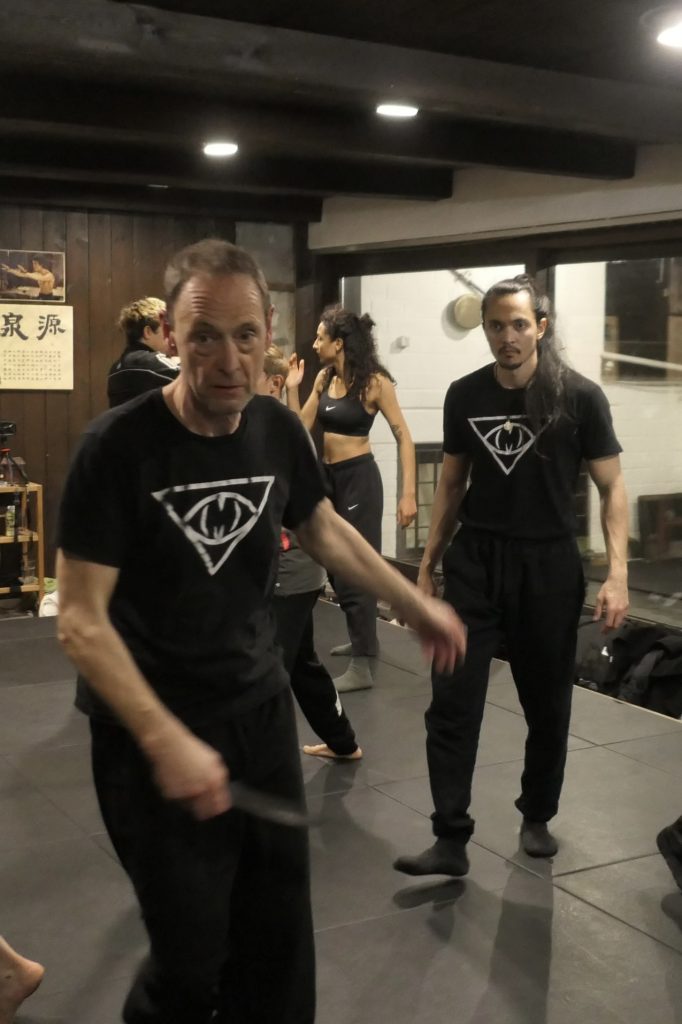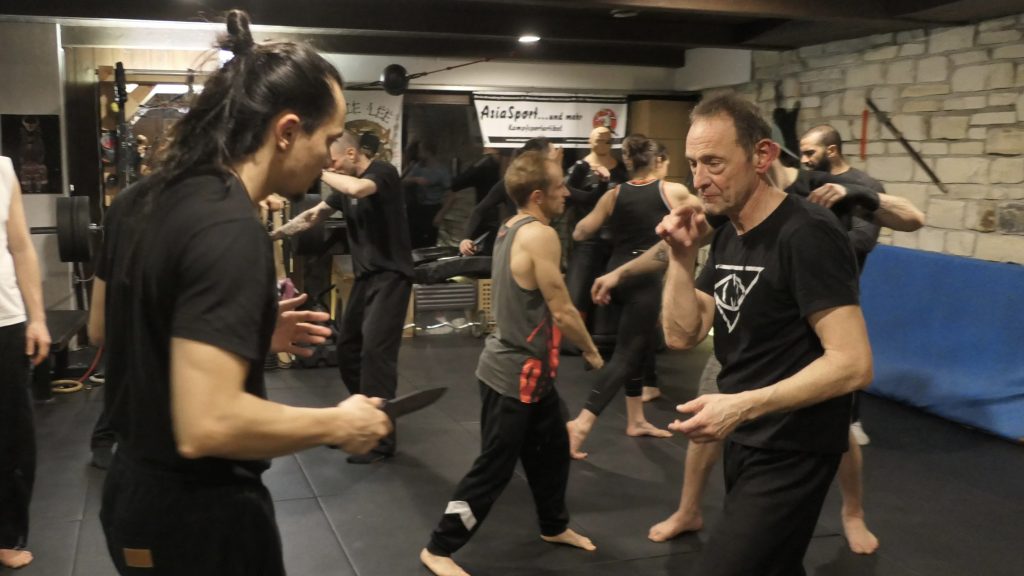
Stephen Graziano’s career as a composer features credits that span an eclectic cross section of TV series and movies as well as commercials, trailers, and promos.
His composing credits for film and television series notably include Highlander Endgame (Miramax), on which the tracks were shared between he and others like Nick Glennie-Smith. His work also includes: The Outer Limits (Fox), Party of Five (Fox), Dawson’s Creek (Fox), Sliders (Fox), Ed (NBC), The Client (CBS), and The Adventures of Brisco County, Jr. (Fox).
In addition to a long list of film and TV credits, he has scored over a hundred film trailers including such blockbusters as: Dances With Wolves, Silence of the Lambs, Bram Stoker’s Dracula, A River Runs Through It, and A League of Their Own.
For commercials and promos, his music has been heard on national spots for Heineken, General Mills, Toyota, Verizon, U.S. Air Force, Florida Orange Juice, Starz and HBO.
Mr Graziano splits his time between L.A. and New York City.
Grégoire Canlorbe: You arranged two Scottish traditional songs for Highlander: Endgame’s soundtrack—namely The Song of the Pooka & Bonny Portmore. The latter song was already reprised in Highlander: The Sorcerer. How did you make your own arrangements so unique?
Stephen Graziano: Making them unique was not my intention, I just tried to arrange them in a way they would fit the picture best. The fact that there are Scottish overtones throughout the film, I decided to ring up Eric Rigler who plays the Uilleann pipes. He’s the go-to guy in Hollywood for all things Scottish. You can hear him all over Titanic score.
Grégoire Canlorbe: Both in the theatrical cut and producers’ cut, Highlander: Endgame’s last third successively features the supper during which Jacob Kell seemingly kills all his recruits, Connor MacLeod’s sacrifice, and the fight between Duncan MacLeod and Jacob Kell. Your tracks on the supper scene, and on the final standoff, are remarkably consistent, answering each other and reinforcing each other’s climactic intensity. How did you deliver those pieces?
Stephen Graziano: I tried to match the energy of those scenes. To be honest, I don’t remember the second scene as well and would have to go back and look at it. But, my general rule is to, at the very least, match the energy of the scene or sometimes even enhance the energy of a scene whenever possible. For the Last Supper scene, it was the end of the centuries old lives of these recruits so the music needed to be very significant and powerful. I hope I accomplished that. That’s actually my favorite cue in the movie!
Grégoire Canlorbe: If given the opportunity, would you have considered integrating in your work on Highlander: Endgame some elements of Queen’s tracks on the original Highlander?
Stephen Graziano: I’m actually not familiar with the original Highlander film so don’t know how Queen’s tracks work in that movie.
Grégoire Canlorbe: You were a composer on two documentaries in the field of military history—namely Kaigun: The Imperial Japanese Navy & An Unknown Country: The Jewish Exiles of Ecuador. Please tell us about that experience.
Stephen Graziano: Both were great experiences. Kaigun: The Imperial Japanese Navy showed the progress the Japanese navy made over the past 300 years, and how that progress accelerated once they were exposed to the West in the 1850s. I was given the opportunity to compose using traditional Japanese instruments as well as (midi) orchestral music.
Regarding An Unknown Country, I don’t believe I actually did any composing to picture. The filmmakers, who were on a very tight budget, sent me the movie and asked if I could supply them with some pre-existing music that I thought might work in their film. I sent them a few dozen pieces from my own library, which they placed into their movie. So, my interaction was pretty minimal. But, I was very happy with their usage of my music and the end result. I doubt I could’ve done a better job had I composed original music.
Grégoire Canlorbe: Thank you for your time. One of your projects in development is Battle Mountain, which you wrote. Would you like to tell us a few words about it?
Stephen Graziano: Battle Mountain is a screenplay I wrote during my down time from composing. Although my day job is scoring movies & TV, I enjoy writing, and had a real-life experience when I was young that sparked that story idea. Through time and many different drafts, I’ve made so many changes to it, no aspects of the actual events survived so aren’t in the screenplay. So, though it started out somewhat autobiographical, at this point, it’s purely fiction. From what I’ve heard, that’s not uncommon. Writing screenplays is 20% writing and 80% re-writing. A producer has expressed an interest in it and, from what I’ve heard, he’s ’shopping it around’ trying to raise money to make it. Fingers crossed!
Thanks for taking an interest in my work!
That conversation was originally published on BulletProof Action, in May 2025.





